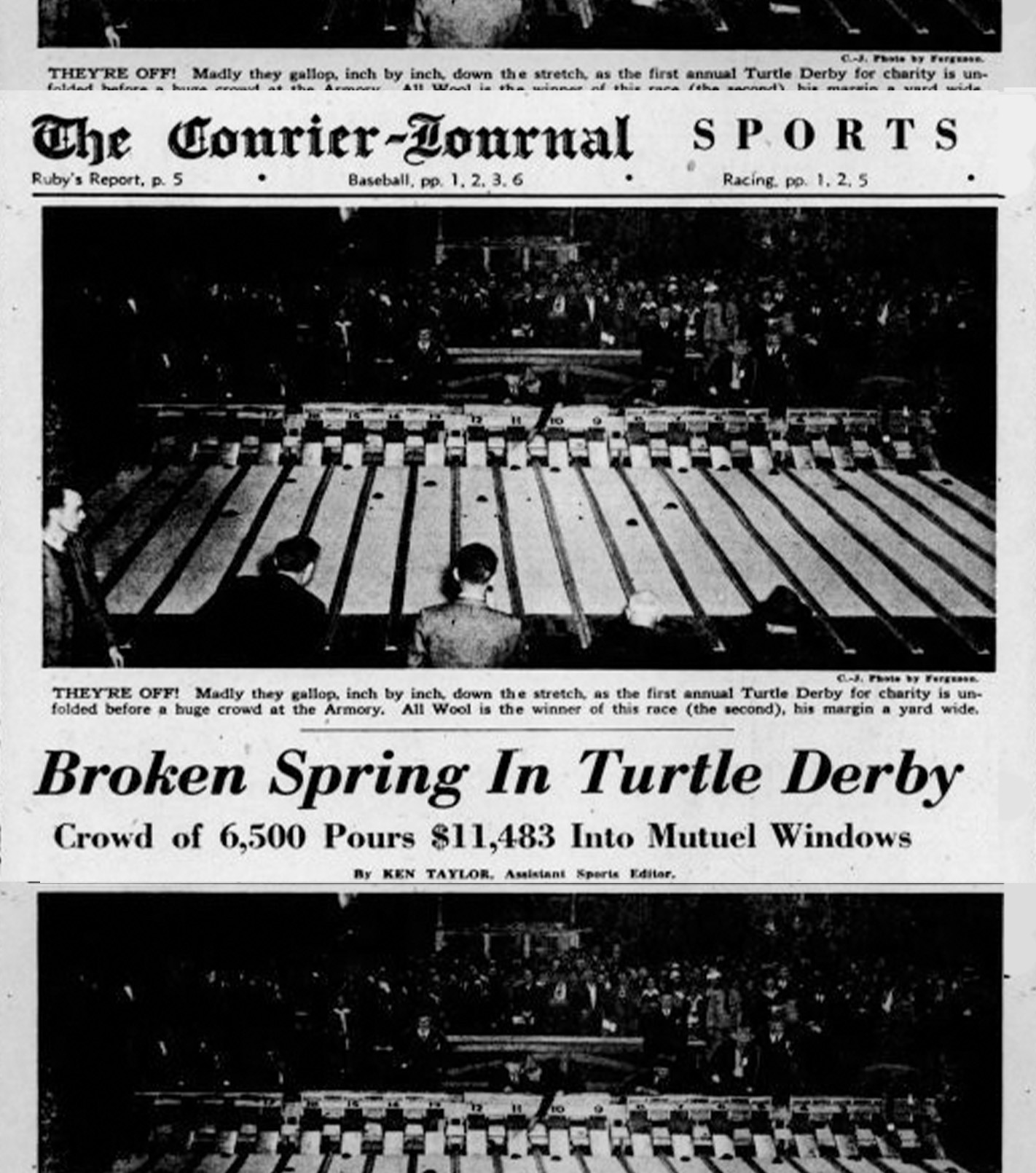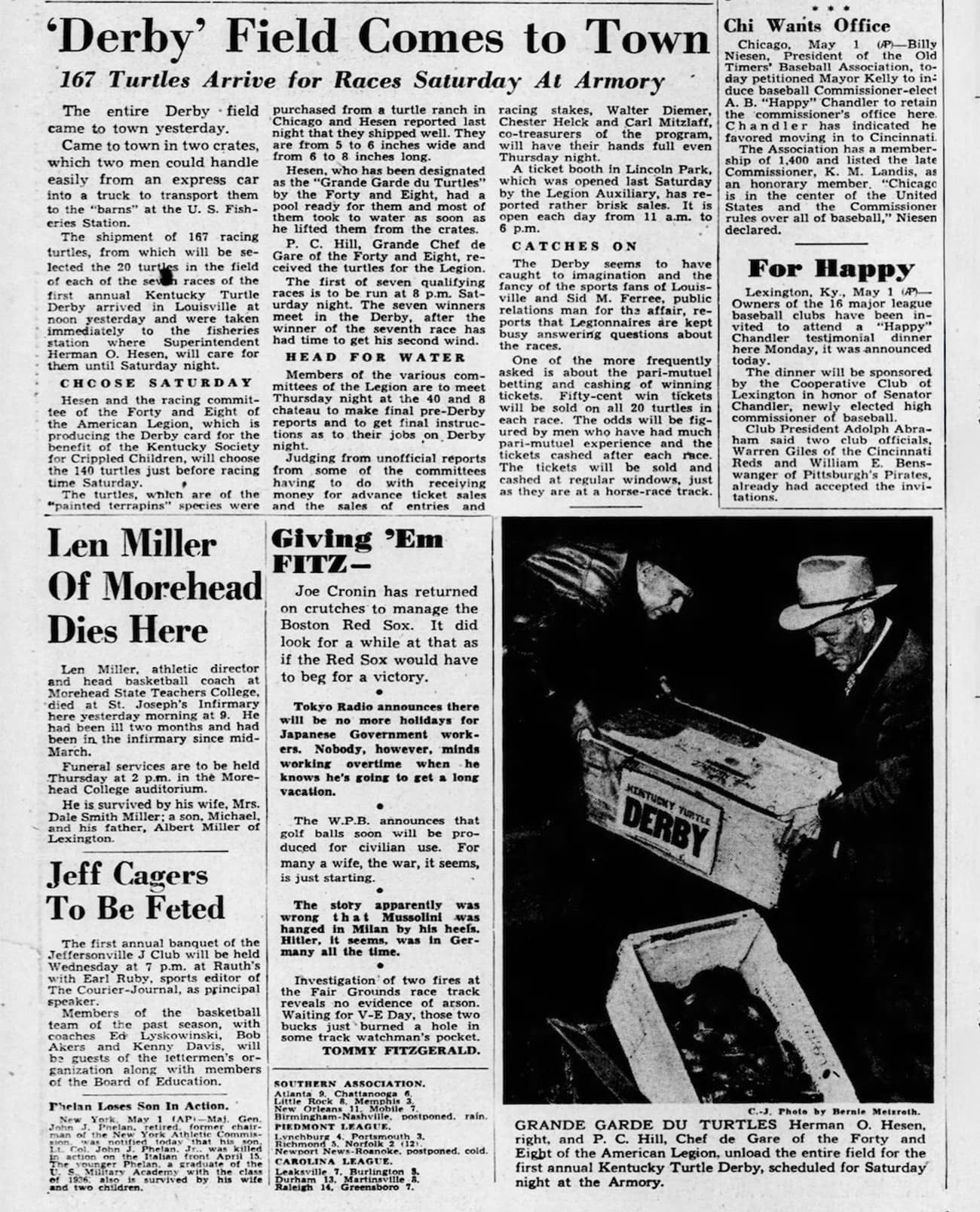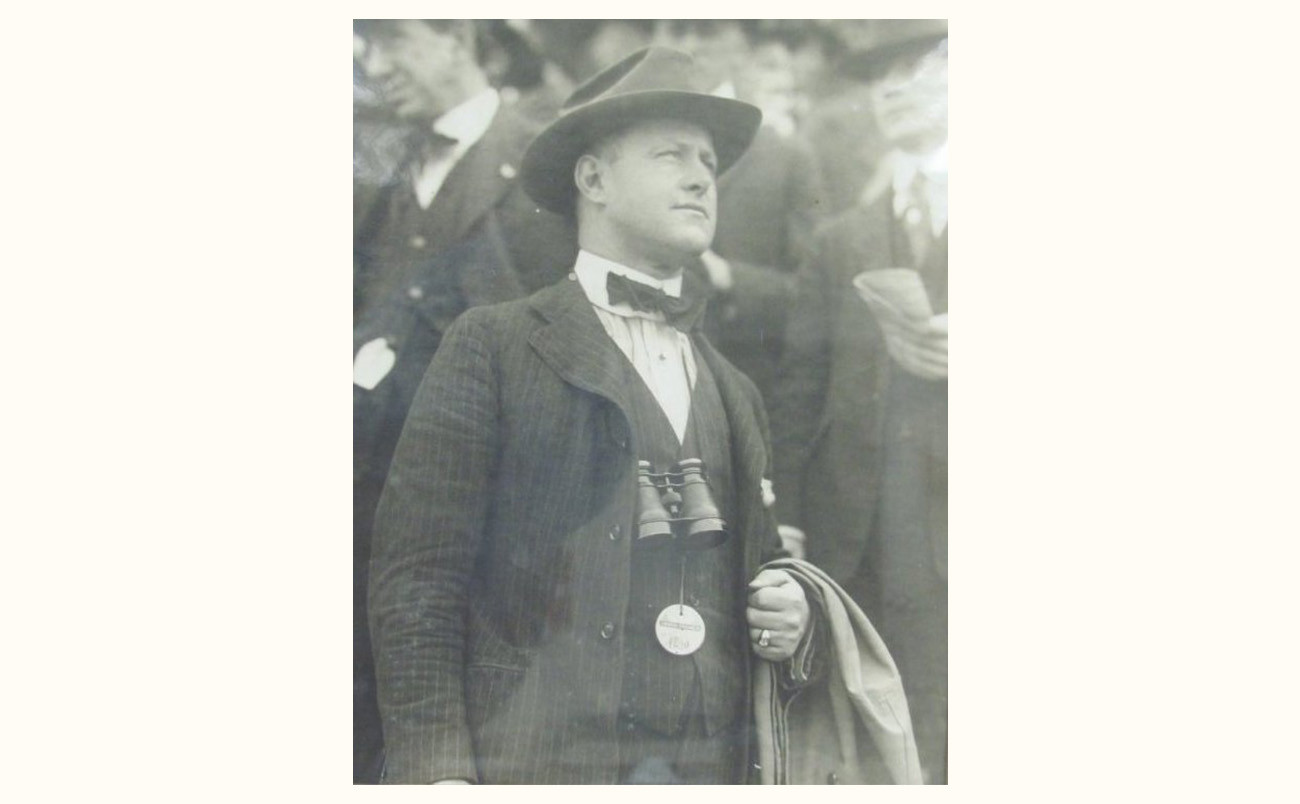A lot of you probably wanted to say 1891, when Kingman crossed the wire at 2:52.25. Technically, you’d be right, but I’m here to tell you about the Kentucky Turtle Derby and a brave—but very slow—little terrapin named Broken Spring.
In 1945, a governmental ban on horse racing caused Churchill Downs to postpone the historic Kentucky Derby until June. Racing fans, desperate for a taste of their favorite sport, were bereft. An Associated Press article from May 5th summed it up nicely:
“If these were ordinary times, the Kentucky hardboots would be out there early today moaning about the sloppy track at Churchill Downs. For this was supposed to be Derby Day in Louisville. But these are anything but ordinary times, and it makes little difference today whether the track is rare, medium, or well-done. There won’t be any Kentucky Derby today.”
Industrious minds came up with a slow-but-sure alternative to the beloved stake that successfully piqued the interest of the Louisvillians awaiting June 9th and a new Thoroughbred champion:
“However, this race-minded town has made arrangements for another derby tonight—turtle derby—to observe the original 1945 date of the real thing.”










